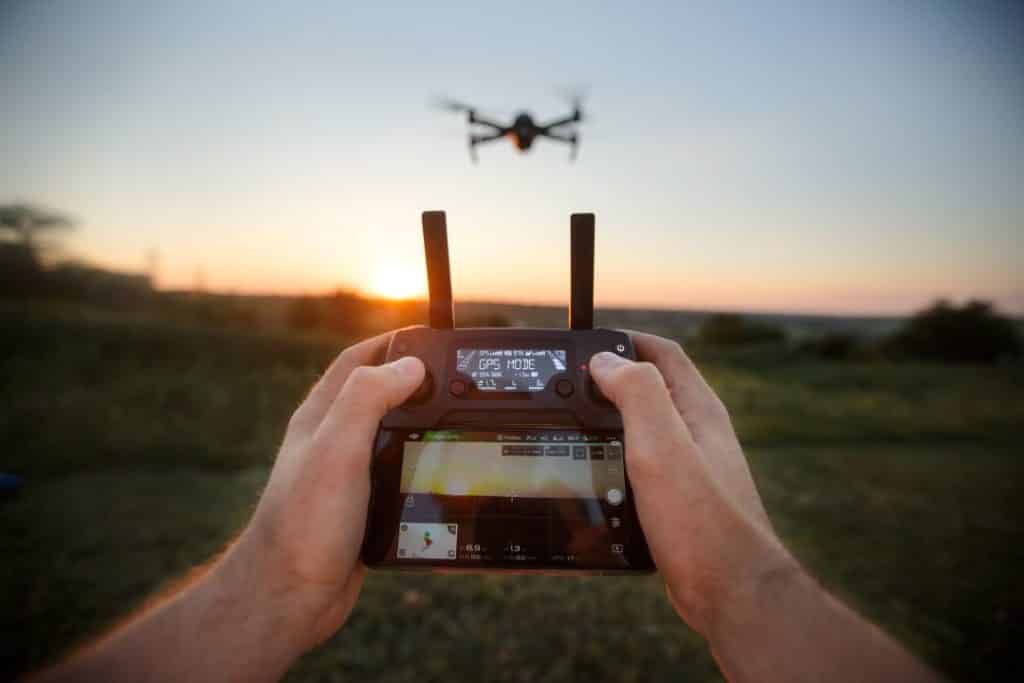
Drone flyaway incidents unfortunately do happen to some drone pilots. According to users’ flight data, the vast majority of flyway’s are caused by several common pilot errors…
Obviously, nobody wants to be caught up in a flyaway incident! So, Coverdrone have brought together a selection of top tips that can help eliminate your chances of your drone flying away.
Set your home point!
Everyone wants their drone to return ‘home’ back to them with no complications. Simply ensure that you have set a home point on your drone prior to take off. Please be aware that to do this, you will need at least 4 GPS signal bars on your drone. By setting a home point, your drone will return back to the designated location appointed as ‘home’.
Keep an eye out for compass interference
Bear in mind that your drone’s compass needs to be relatively free from interference for your drone to return home safely. Yes, GPS signal is necessary, but it is not a pivotal aspect to getting your drone to return home safely.
What is the difference between GPS and compass? The GPS determines the drone’s location whereas the compass determines the drones orientation.
Stay within your visual line of sight!
By keeping your drone within your visual line of sight, you can instantly minimize the chances of your drone crashing or getting lost. Many drone pilots may think that monitoring a drone solely through the live video feed is the safest way to fly when in fact… It is not. Why? You’re unable to see what is behind or to either side of your drone! Due to the drone not being visible to you, flyways are accidents that occur as a result of it.
If you’re moving, reset your home point
Despite many home points being able to be reset automatically when you take off if you have sufficient GPS signal, we always recommend resetting this manually This is because if you are moving around (on a boat for example or a moving car), it will not reset for you automatically. So, stay safe and reset!
Set An Appropriate RTH Altitude
You may be unfamiliar with the term RTH. RTH stands for return to home. By having RTH activated, your drone will turn its head and fly back to your designated home point. If the drone is not programmed to know where its RTH point is, it will be unsure where to turn and there is the possibility of your drone flying away to somewhere else other than the desired destination!
RTH is a failsafe function for drones which is used for flying back the aircraft to the last recorded Home Point automatically. It can also be manually triggered when you want your drone to fly back home autonomously. Make sure that you set your return home altitude so that it’s higher than anything in the area.
Get insured today!
With Coverdrone, our policies do cover you in the unfortunate event of a flyaway. If you would like to find out more specifically how this applies to your drone insurance cover please get in touch with us today and our team are more than happy to help.
You can also get a free quote for commercial drone insurance or recreational drone insurance via our online quote form!
